Molecular Genetics Safety Data Sheet (SDS)
Recommended use: Quality Assurance/Proficiency Testing programs. Not to be used in the treatment and diagnosis of patients.
| Catalogue Number | Product Name |
| 23010102 | Coeliac Disease HLA Genotyping |
| 23020102 | Human Leukocyte Antigen B*57 |
| 23030102 | Molecular Testing in in Glioma (IDH1/2, MGMT) |
| 23040102 | Mutation Detection in Colorectal Cancer |
| 23050102 | Mutation Detection in Lung Cancer (NSCLC) |
| 23060102 | Mutation Detection in Melanoma |
| 23070102 | Kennedy’s Disease |
| 23260102 | Lymphoid NGS Panel Testing |
| 23080102 | PTEN |
| 23090102 | Maternal Cell Contamination |
| 23100102 | Quality Assessment of DNA Extracts |
| 23110102 | Quality Assessment of FFPE DNA Extracts |
| 23120102 | Sanger DNA Sequencing |
| 23270102 | 3 Gene Carrier Screening |
| 23280102 | RCPAQAP Non-Small Cell Lung Carcinoma Panel Testing |
| 23290102 | RCPAQAP DPYD Genotyping |
Hazard Identification
Chemical hazard: Not applicable
Environmental hazard: Not applicable
Health hazard: Exempt human specimens
No known test method can offer complete assurance that products derived from inactivated microorganisms and/or human sources will not transmit infection. All proficiency testing materials supplied by RCPAQAP must be handled appropriately and with care. The participant is responsible for the safe handling, storage and disposal of RCPAQAP proficiency testing materials in such a way that ensures that the proficiency testing materials will not cause any harm to any person.
The participant understands and acknowledges that, given the nature and characteristics of RCPAQAP proficiency testing materials;
- laboratory staff should be trained in the handling of infectious materials.
- proficiency testing materials should be processed in a laboratory environment as identified by the relevant legislative requirements.
- they are aware of all matters that concern the safe handling, storage and disposal of proficiency testing materials.
- they have the facilities and processes required for the safe handling, storage and disposal of proficiency testing materials.
- that they follow Standard Safety Precautions when handling potentially infectious materials.
- they utilise Personal Protective Equipment (PPE) as identified by the relevant legislative requirements for the routine handling of potentially infectious materials.
Composition and Information on Ingredients
Products contain the below components:
| CAS# | Component | Percentage |
| Not Applicable | Human fluids and tissue | 100% |
First-aid Measures
If accidental contact with material occurs laboratory staff should follow appropriate first aid procedures for exposure to an equivalent clinical specimen. Following exposure, medical advice should be sought. If accidental spillage occurs, follow routine procedures for clean-up of potentially biohazardous materials.
Firefighting Measures
Not applicable, not flammable.
Accidental Release Measures
Personal protective equipment such as gloves, gown and protective eyewear should be used before cleaning any spills. Dispose any sharps in a safe disposal system. Clean the area with absorbent paper and clean excess with suitable disinfectant (such as bleach or 70% alcohol).
Handling and Storage
On arrival, samples should be stored as per instructions on each sample kit. Samples have been shown to be stable when transported at ambient temperature.
Samples should be re-constituted or prepared according to Survey Instructions provided.
Exposure Controls and Personal Protection
Samples are generally intended for processing in a clinical laboratory facility and should be handled in the same manner as routine patient samples using universal precautions and appropriate personal protective equipment. Biosafety Level 2 precautions at a minimum should be used in laboratory settings.
Physical and Chemical Properties
Medical Glass microscope slides of human origin: odourless
Purified Deoxyribonucleic Acid (DNA) / Purified Ribonucleic Acid (RNA) / Polymerase Chain Reaction (PCR) amplified product from purified DNA / Oligonucleotide – clear liquid, pH 8.0
Stability and Reactivity
This material is stable under normal temperatures and pressures, is non-corrosive, and polymerization will not occur.
Conditions to avoid: Avoid excess heat.
Toxicological Information
Tested and found non-reactive for the presence of Hepatitis B surface antigen (HbsAg), antibodies to Hepatitis C virus (anti-HCV), and antibodies to Human Immunodeficiency Virus (anti-HIV-1/HIV-2).
Ecological Information
Same biodegradability as human blood, urine and other bodily fluids.
Disposal Information
Dispose as clinical waste in suitably identified containers using a registered clinical waste disposal contractor (same as for patient samples).
Transport Information
Proper Shipping Name: Exempt Human Specimens
UN Number: Not Applicable
Hazard Class/Packing Group: Exempt Human Specimens
Labels Required: Exempt Human Specimens
IATA Packaging Requirements: Sample is not subject to the IATA Dangerous Goods Regulations as long as the specimen is transported in triple packaging that prevents leakage
Regulatory Information
Not Applicable.
Other Information
Reviewed annually as part of the RCPAQAP compliance with ISO/IEC 17043.
The information provided in this document is believed to be accurate and represents the best information currently available to us. The RCPAQAP make no warranty or merchantability or any other warranty, express or implied, with respect to such information, and we assume no liability from its use. Users should make their own investigations to determine the suitability of the information for their particular purpose. In no event shall the RCPAQAP be liable for any claims, losses or damages of any third party or for lost profits or any special, indirect, incidental, consequential or exemplary damages arising from the use of this product or the information contained in this Safety Data Sheet.
Check out our latest webinars
Learn more